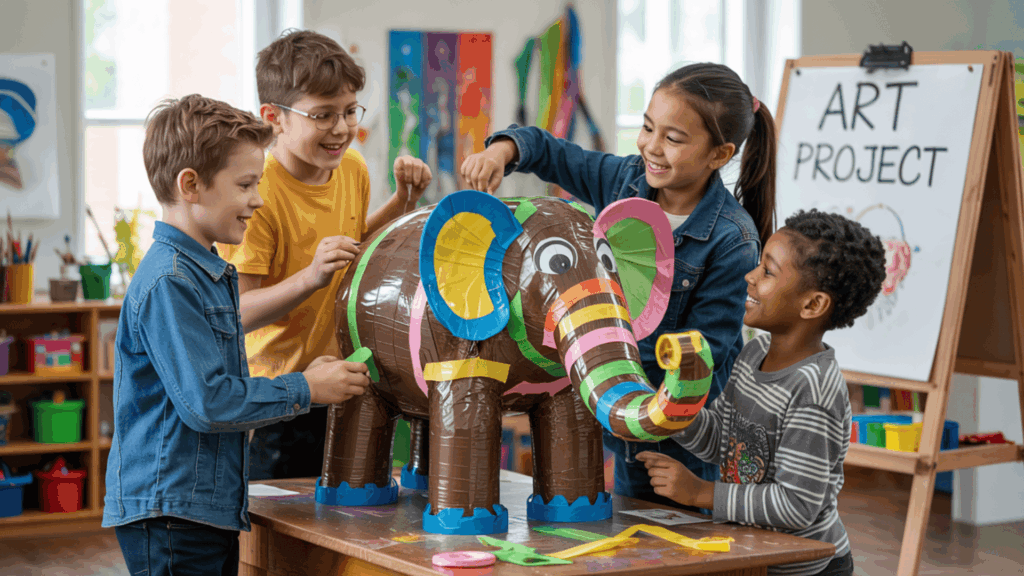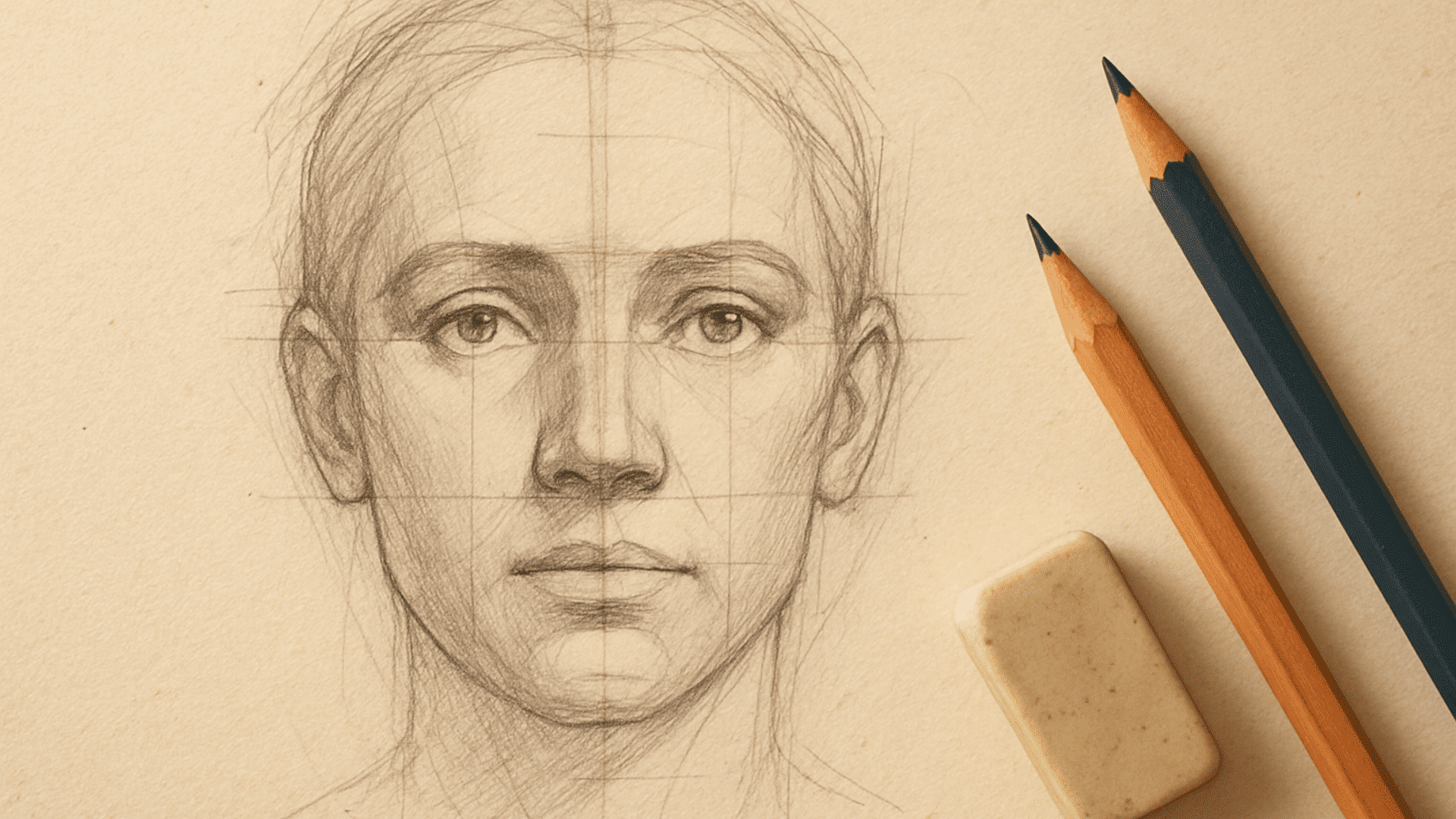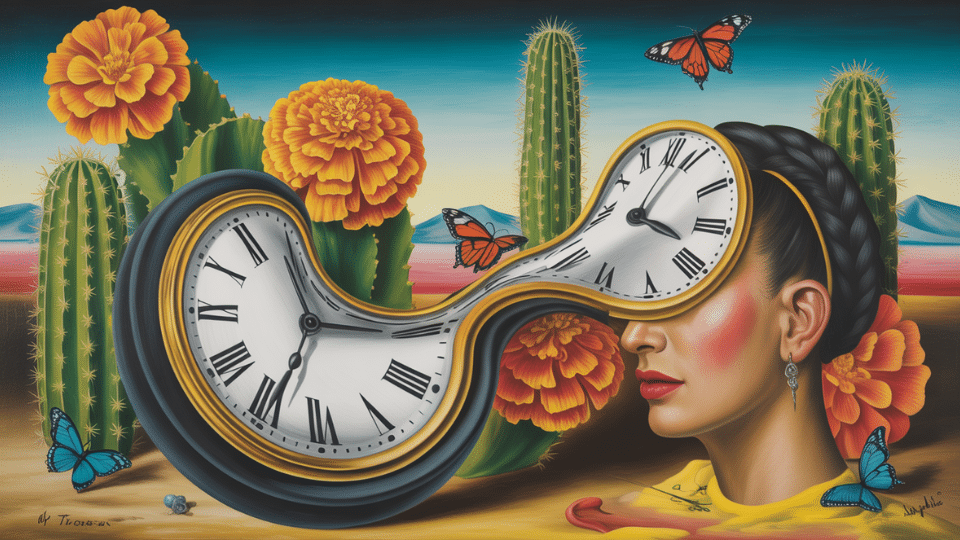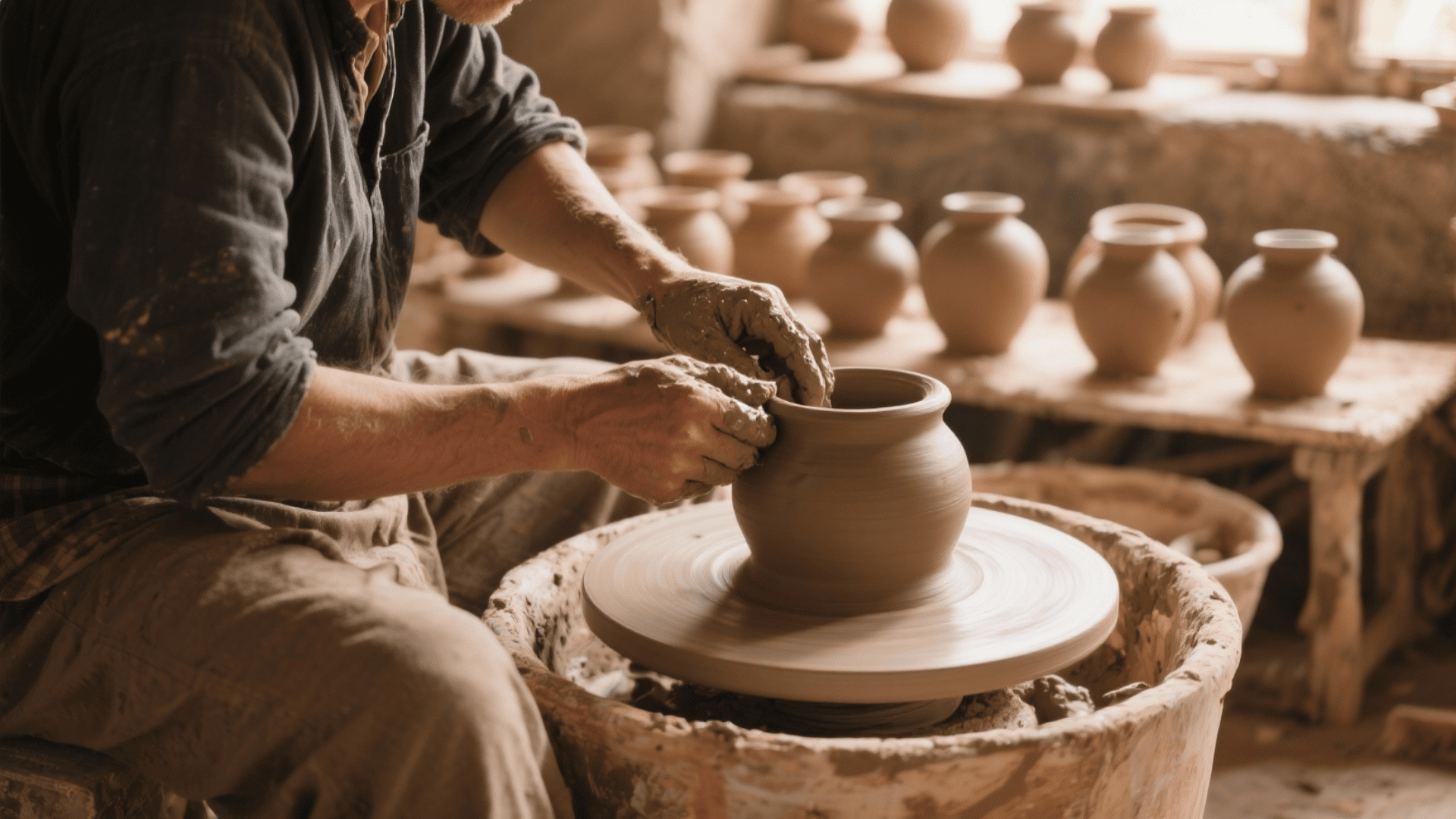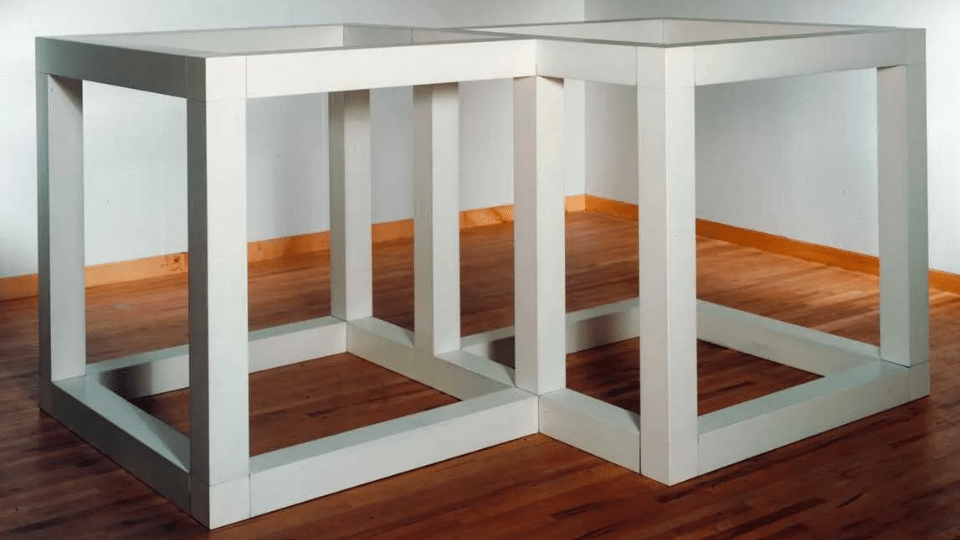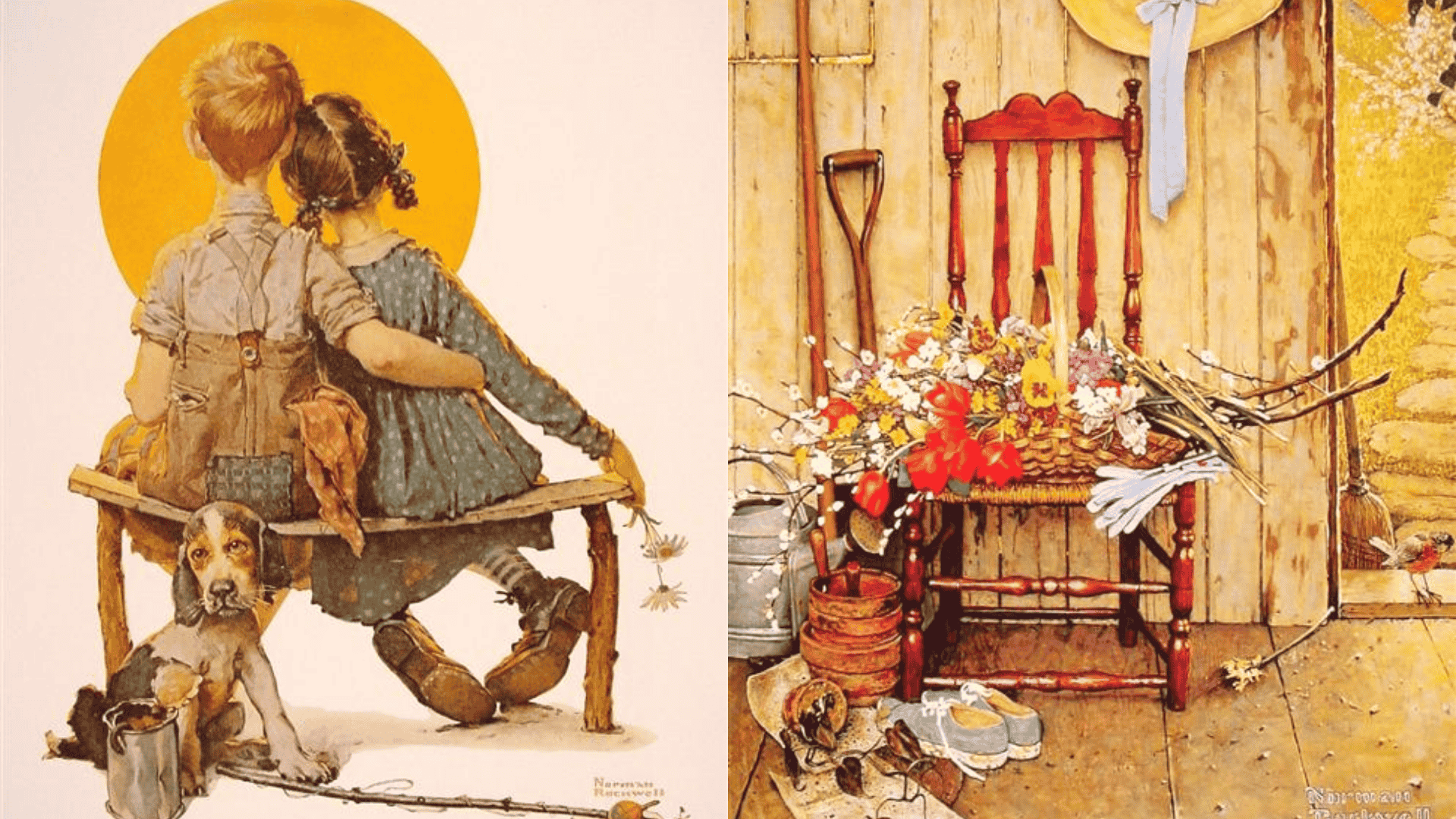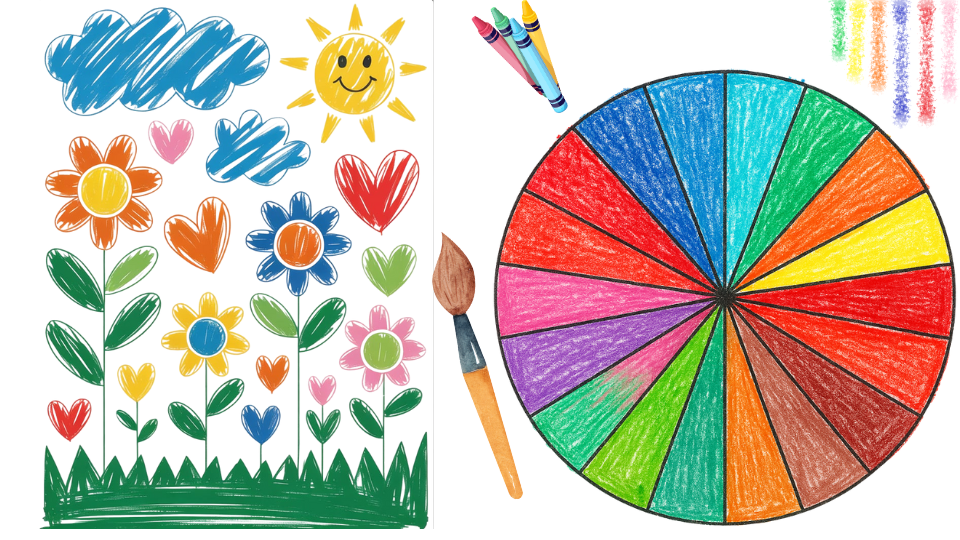Get ready to unleash your creativity! Art projects are an excellent way for kids to express themselves, learn new skills, and have a lot of fun.
Rainy day or classroom time, these fun art projects keep kids busy with simple, safe activities using everyday supplies like paper, crayons, glue, and recyclables.
Crayon art strengthens hand muscles for writing while sparking imagination. Kids can create colorful works, build confidence, and enjoy projects solo or with friends and family.
Ready to turn your space into an art studio? Let’s create some masterpieces!
Why Art Projects Are Essential?
Art projects offer incredible benefits for both kids and the adults who care for them. When children create art, they express their feelings and ideas in unique ways that words sometimes can’t capture.
Art projects develop problem-solving skills, focus, and fine motor skills, and provide kids with screen-free relaxation and creative expression.
Additionally, when families engage in art together, everyone has the opportunity to unwind and bond. Art isn’t just fun; it actually helps develop crucial life skills while reducing stress for the whole family.
Preschool-Friendly Art Projects (Ages 2–5)
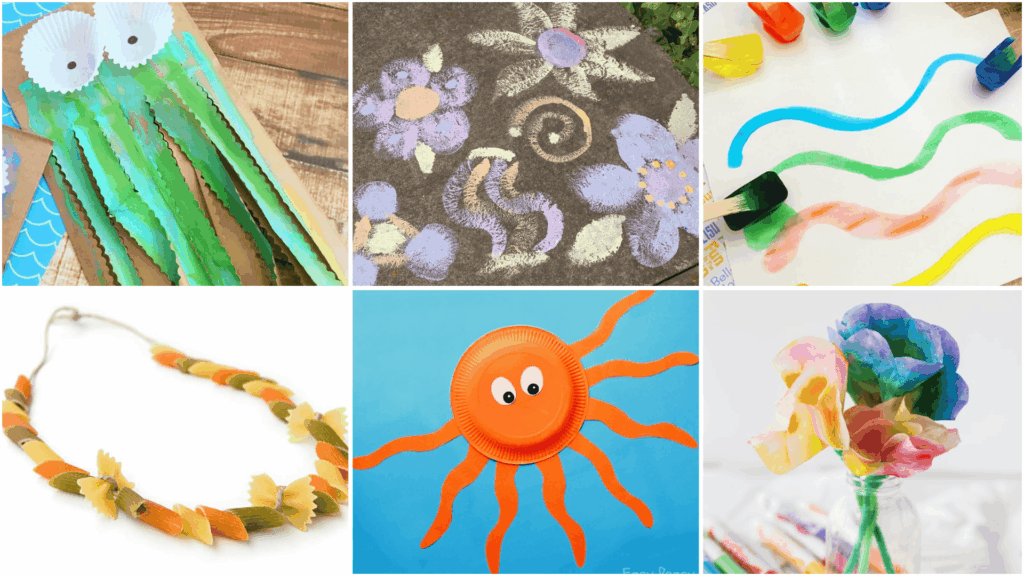
These simple crafts are perfect for little hands and big imaginations. Each project uses basic materials and helps develop fine motor skills while keeping preschoolers engaged and creative.
1. Paper Bag Jellyfish
Turn paper bags into floating jellyfish with cut streamers. Kids build scissor skills, explore ocean themes, and enjoy hands-on, creative fun.
2. DIY Sidewalk Chalk Paint
Combine cornstarch and food coloring for outdoor sidewalk paint, kids can brush or sponge lively designs that encourage motor skills and sensory play while creating temporary art.
3. Ice Painting with Food Coloring
Freeze colored water in ice cube trays to create unique painting tools. As the ice melts, it creates beautiful watercolor effects on paper. This craft teaches cause and effect while offering a cool and refreshing art experience.
4. Macaroni Necklace
String different pasta shapes to create wearable art pieces. This classic craft improves hand-eye coordination and pattern recognition. Kids can paint the pasta beforehand or leave it natural for a rustic look.
5. Paper Plate Octopus
Cut paper plates into octopus shapes and decorate with markers or paint. Children can practice counting the eight tentacles while learning about ocean animals. Add googly eyes for an extra touch of personality and engagement.
6. Coffee Filter Flowers
Create bright blooms using coffee filters and washable markers. When water hits the filters, colors blend and spread beautifully. This craft demonstrates color theory while producing gorgeous decorative flowers for display.
These activities provide screen-free entertainment while building essential skills. Watch as your preschooler’s confidence grows with each completed masterpiece!
Elementary Age Art Projects (Ages 6–10)
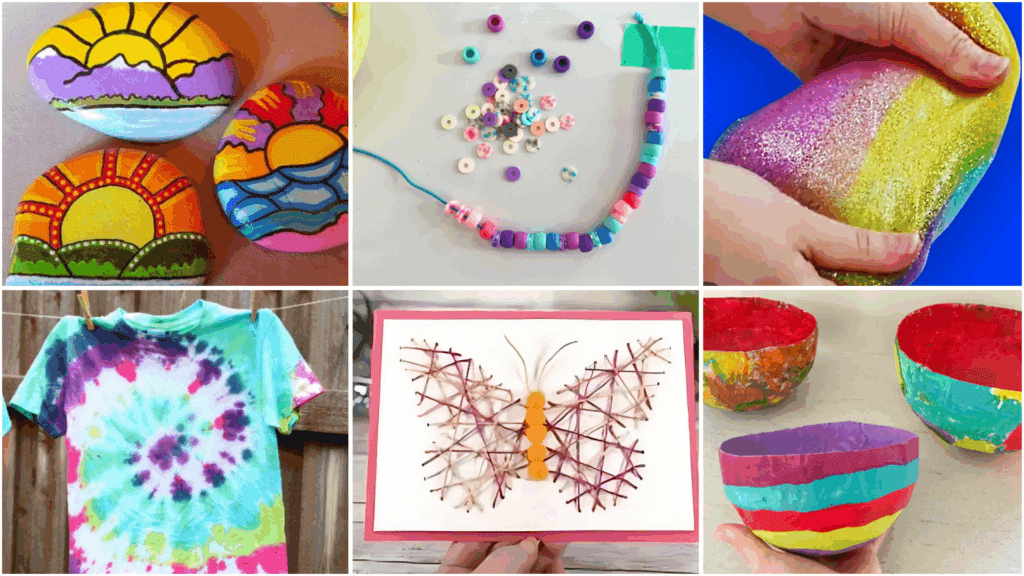
As children grow, their craft projects can become more detailed and challenging. These activities build on basic skills while introducing new techniques that keep kids engaged and learning.
7. Friendship Bracelets
Kids can weave with colorful yarn or thread to practice patterns, patience, and fine motor skills while making meaningful handmade gifts for friends.
8. Rock Painting Garden Stones
Remodel smooth rocks into decorative garden art with acrylic paints and brushes. Children can create animals, inspirational words, or abstract designs.
This outdoor craft connects kids with nature while developing artistic expression and planning skills.
9. Homemade Slime Laboratory
Mix glue, water, and activator to make stretchy, colorful slime, an exciting hands-on craft that teaches basic chemistry, texture play, and problem-solving through experimentation.
10. Paper Mache Bowls
Layer newspaper strips with flour-and-water paste over balloon molds. Once dry, kids can paint and decorate their unique bowls. This multi-day project teaches patience, planning, and the satisfaction of completing complex crafts one step at a time.
11. String Art Designs
Hammer nails into wooden boards following pattern templates, then wrap colorful string around them.
This craft improves hand strength and coordination while creating geometric art. Kids learn about angles, symmetry, and spatial relationships.
12. Tie-Dye T-Shirts
Use rubber bands and fabric dye to create unique wearable art.
Children learn about color mixing and pattern creation while making personalized clothing. This craft combines science concepts with artistic expression and practical results.
These projects challenge growing minds while maintaining the joy of creation. Elementary-age children will love showing off their increasingly sophisticated artistic abilities!
Mixed-Media & Techniques for Any Age Art Projects
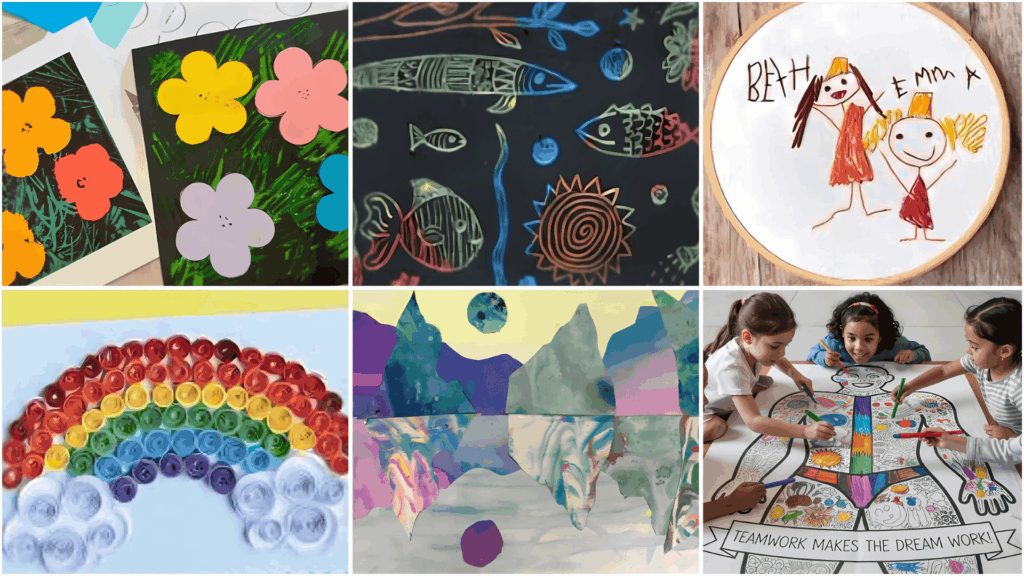
These versatile art techniques can be adapted to suit different skill levels, making them ideal for families with children of various ages. Each project introduces artistic concepts while encouraging experimentation and creative exploration.
13. Pop Art Flowers (Andy Warhol Style)
Create bright, bold flower prints using repetitive patterns and lively colors.
Kids learn about famous artists while experimenting with color combinations and printing techniques. This project introduces art history concepts through hands-on creation and encourages artistic risk-taking.
14. Scratch Art (Inspired by Paul Klee)
Layer oil pastels under black paint, then scratch designs to reveal colorful patterns underneath.
Children find hidden images while learning about contrast and composition. This technique teaches patience and planning while creating surprising and delightful artistic results.
15. Embroidery Hoop
Art Stretch fabric in embroidery hoops and create colorful stitched designs using basic embroidery techniques.
Children learn traditional needlework while developing fine motor skills and enhancing their hand-eye coordination. This craft teaches patience and following patterns while creating beautiful wall decorations.
16. Quilling (Paper Scroll Art)
Roll thin paper strips into coils and shapes to create decorative designs.
Children improve fine motor skills while learning about dimension and texture in art. This meditative craft teaches precision and patience, yielding intricate and professional-looking results.
17. Marbled Paper Art
Swirl paint on the water’s surface, then press paper on top to create unique patterns. Kids learn about color mixing and fluid dynamics while creating one-of-a-kind designs.
This technique demonstrates scientific principles through beautiful artistic exploration and experimentation.
18. Body Drawing with Washable Markers
Use arms, hands, and legs as canvases for temporary artistic expression. Children explore body awareness and creativity in a manageable, washable way.
This unconventional approach encourages freedom of expression while maintaining easy cleanup for parents.
These mixed-media projects grow with your child’s abilities, introducing important artistic concepts along the way. Watch creativity flourish as kids experiment with different techniques and discover their unique artistic voice!
Recycled & Upcycled Art Projects
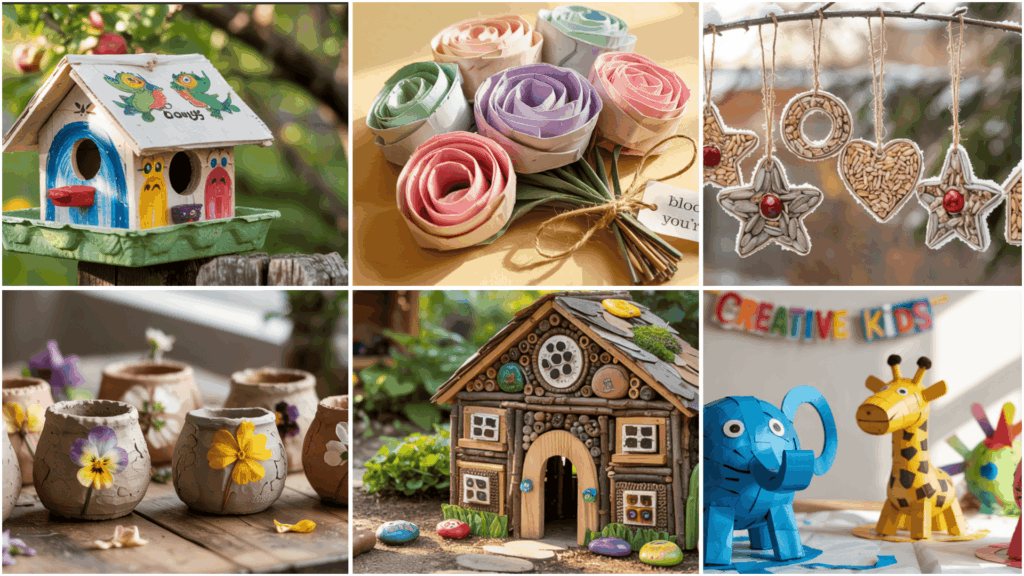
Remodel everyday household items into amazing art projects while teaching kids about sustainability and creativity. These eco-friendly crafts show children how to see potential in materials that might otherwise be thrown away.
19. Egg Carton Birdhouse or Dragon Craft
Cut and reshape egg cartons into whimsical creatures or functional birdhouses for the garden. Kids learn about recycling while developing spatial thinking and problem-solving skills.
This craft combines environmental awareness with imaginative storytelling and construction challenges.
20. Toilet Paper Roll Flowers or Characters
Turn simple cardboard tubes into colorful flowers or playful characters, kids build cutting, painting, and crafting skills while learning to upcycle everyday items.
21. Bird Seed Ornaments
Mix birdseed with gelatin to make decorative feeders that attract birds and wildlife. Kids learn about animal care while creating functional outdoor art. This project blends environmental stewardship, art, and scientific observation.
22. Nature Pinch Pots with Flower Imprints
Press real flowers and leaves into clay to create textured pottery pieces. Children explore natural patterns while developing hand strength through clay manipulation.
This craft connects kids with nature while teaching basic ceramic techniques and preservation.
23. Bug Motel Backyard Habitat
Build insect hotels using recycled materials like bottles, sticks, and cardboard.
Kids combine engineering with environmental science while creating homes for beneficial garden creatures. This project teaches ecosystem awareness through hands-on habitat construction.
24. Petal Prints or Flower Ice Cubes
Preserve flowers by pressing them into paper or freezing them in ice for decorative purposes.
Children learn about plant preservation while creating beautiful, temporary art pieces. This craft demonstrates natural science concepts through artistic experimentation.
25. Tape Sculptures and Mosaics Using Masking Tape
Create three-dimensional sculptures or colorful wall mosaics using only tape and imagination.
Kids explore geometry and design while working with minimal, accessible materials. This technique encourages large-scale thinking and spatial problem-solving skills.
26. Plastic Bottle Planters and Gardens
Cut and decorate plastic bottles to create hanging planters or mini greenhouse systems. Children learn about plant growth while transforming waste into functional garden containers.
This craft teaches responsibility through plant care and environmental awareness.
27. Magazine Collage Masterpieces
Tear and arrange colorful magazine pages to create landscapes, portraits, or abstract art pieces. Kids develop composition skills while recycling old publications into new artistic expressions.
This technique improves fine motor skills through practice with cutting and gluing.
Upcycled art projects teach resourcefulness and eco-awareness, showing kids that creativity needs only imagination to turn everyday objects into something extraordinary.
Tips for Parents & Educators
Managing art projects with kids successfully calls for careful planning and the right attitude. These hands-on tips will help you craft positive, safe, and enjoyable experiences for all participants.
- Simplify supplies: By using everyday household items like paper plates and kitchen utensils. Keep basic materials like scissors, glue, and washable markers in a dedicated craft box.
- Focus on process over product: By celebrating effort and experimentation rather than perfect results. Ask about their creative choices instead of critiquing the outcome.
- Prioritize safety: Use non-toxic materials, supervise scissor use for young children, and ensure a proper workspace setup with protective coverings and cleanup supplies.
- Encourage independence: While providing gentle guidance, allow children to explore and make mistakes without rushing to “fix” their work.
Remember that fostering creativity and confidence matters more than perfection. Proper preparation creates treasured bonding experiences that build lasting skills.
Last Stop: Creativity!
Art projects are more than just fun activities; they’re incredible tools for learning and growth!
Through these easy projects, kids develop problem-solving skills, boost their confidence, and uncover new ways to express their thoughts and feelings.
Creating art together fosters lasting memories, and every piece is unique and special. There’s no such thing as “perfect” when it comes to expressing your imagination.
Mistakes can spark the best experiences. Keep experimenting with materials, colors, and techniques, because in art, there are no limits to what you can create!
What’s your favorite art project from this list? Drop a comment below and share your masterpieces with us!

